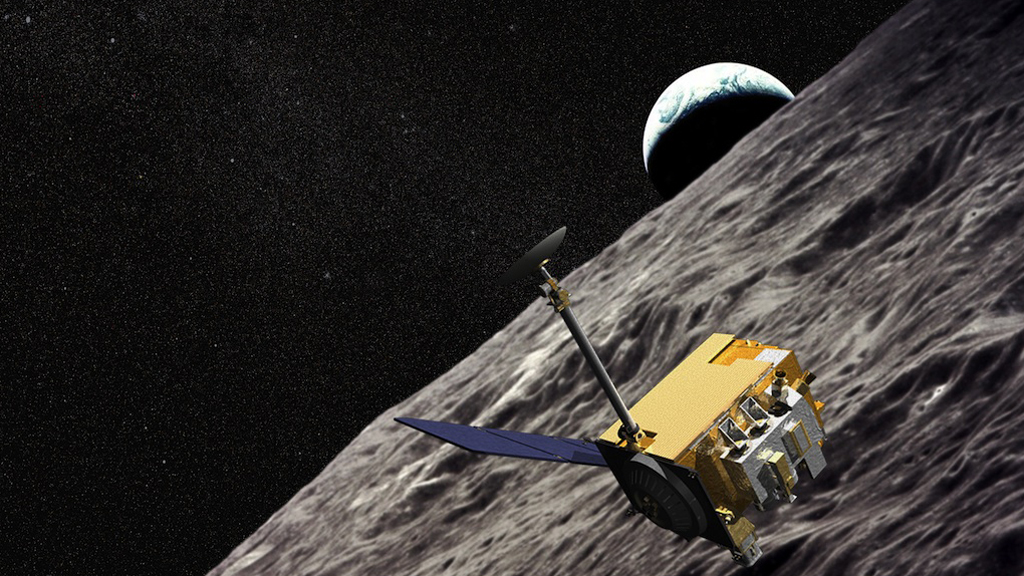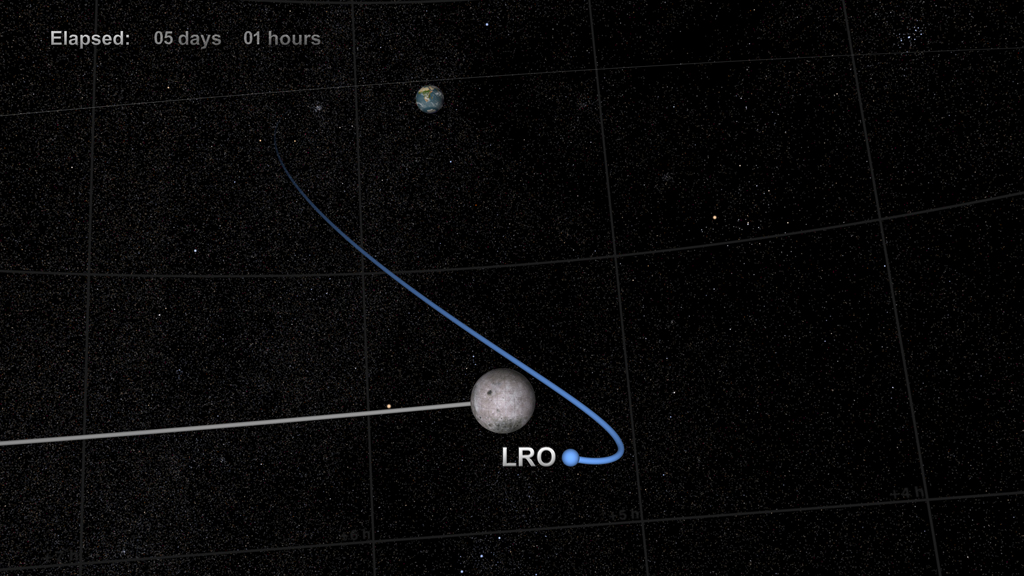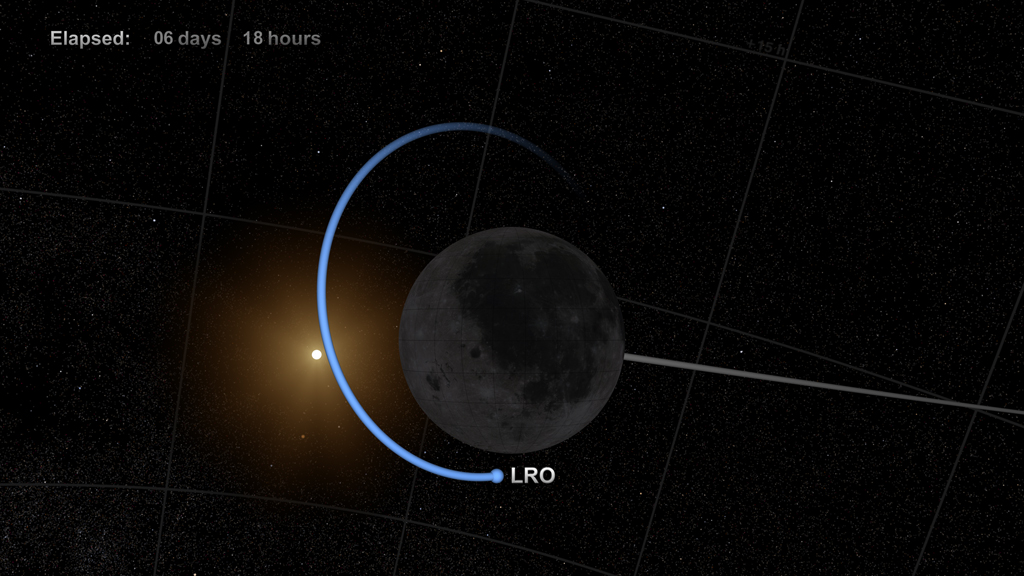Planets and Moons
ID: 11242

Achieving orbit around a celestial body is no simple feat. But on June 18, 2009, NASA’s Lunar Reconnaissance Orbiter (LRO) set out to accomplish that goal as it headed for the moon. The spacecraft was built at NASA’s Goddard Space Flight Center, where it was outfitted with advanced instruments for studying the moon and its environment. After launch from Cape Canaveral, Florida, LRO circled Earth once and then spent four days traveling through space. Once it reached the moon’s orbit, the spacecraft executed a series of burns that brought it within 31 miles of the lunar surface. At this range, from a polar orbit, LRO began collecting data used to create a 3-D map of the moon’s terrain. To this day, the spacecraft is still in operation, beaming back valuable information about Earth’s natural satellite. Check out the video to see a simulation of LRO’s journey to the moon.




Destination Moon





Related Story
Story Credits
Visualizers/Animators:
Greg Shirah (NASA/GSFC)
Ernie Wright (USRA)
Alex Kekesi (Global Science and Technology, Inc.)
Horace Mitchell (NASA/GSFC)
Producer:
Andrew Freeberg (NASA/GSFC)
Lead Scientist:
John Keller (NASA/GSFC)
Lead Writer:
Aviva H. Rutkin (USRA)
Greg Shirah (NASA/GSFC)
Ernie Wright (USRA)
Alex Kekesi (Global Science and Technology, Inc.)
Horace Mitchell (NASA/GSFC)
Producer:
Andrew Freeberg (NASA/GSFC)
Lead Scientist:
John Keller (NASA/GSFC)
Lead Writer:
Aviva H. Rutkin (USRA)
Please give credit for this item to:
NASA's Goddard Space Flight Center
NASA's Goddard Space Flight Center
Short URL to share this page:
https://svs.gsfc.nasa.gov/11242
Keywords:
SVS >> App
NASA Science >> Planets and Moons
https://svs.gsfc.nasa.gov/11242
Keywords:
SVS >> App
NASA Science >> Planets and Moons








